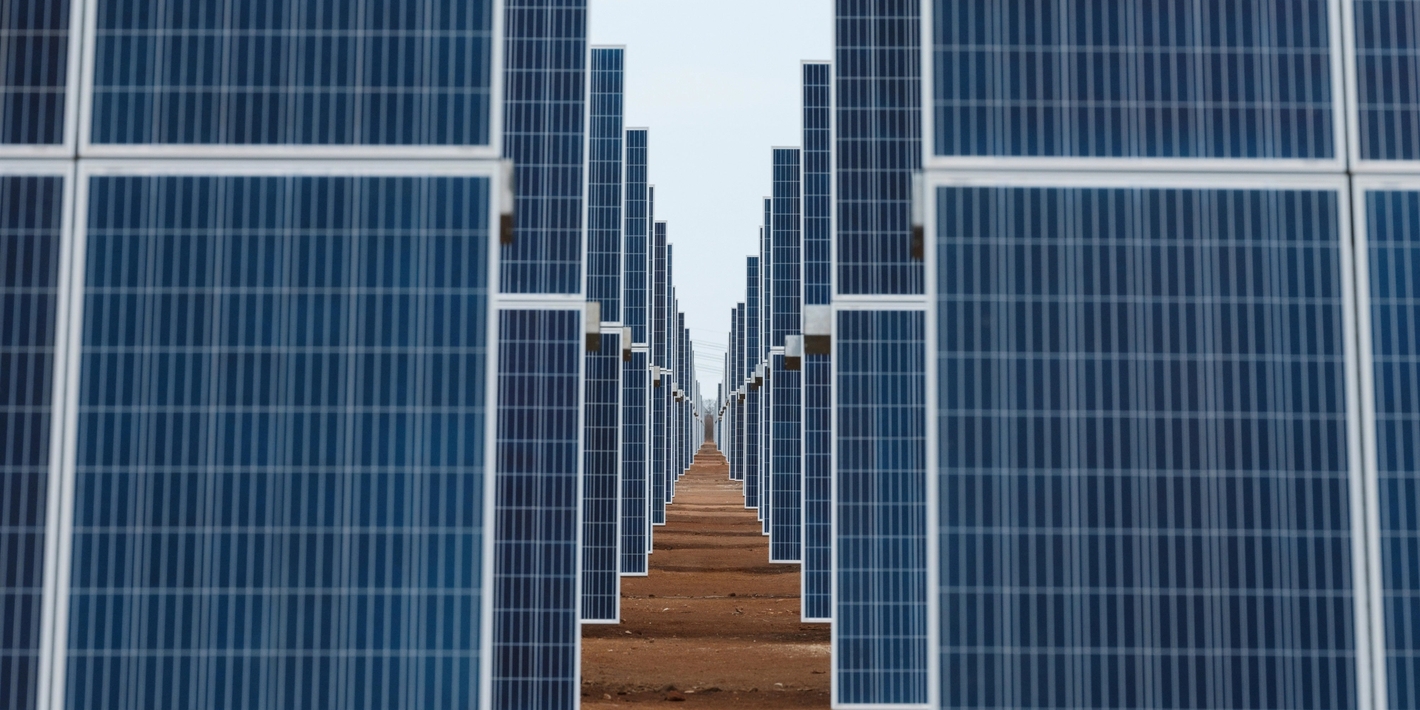The sun is an invaluable source of energy for the future, and the forecast looks bright for solar power.
Substantial cost reductions and technological advancements have turned solar photovoltaics (PV) into an increasingly attractive power source, competing with traditional sources of energy in many parts of the world. Solar PV is low cost and fast deployable.
Solar is geared for decades of strong growth. Bloomberg New Energy Finance (BNEF) estimates that around 30% of global electricity will come from solar PV in 2050. International Energy Agency (IEA) says solar PV needs to grow 20-fold from 2021 to 2050 to meet their net zero 2050 scenario.
For Equinor, solar is an important part of the toolbox when developing as a market driven power producer, a strategy that we have been pursuing since 2019. This means targeting selected power markets with energy solutions that meet customer and market needs. We implement this approach by building an onshore renewables portfolio backed by storage solutions and trading capabilities.
For the host communities, solar enables domestic energy production and contributes to a secure supply of renewable and affordable electricity to consumers for the long-term.
